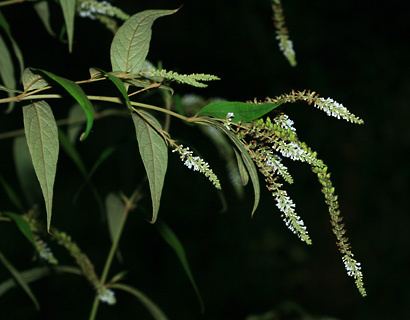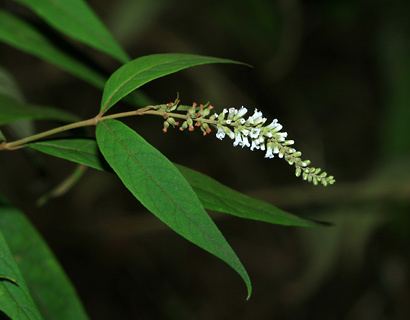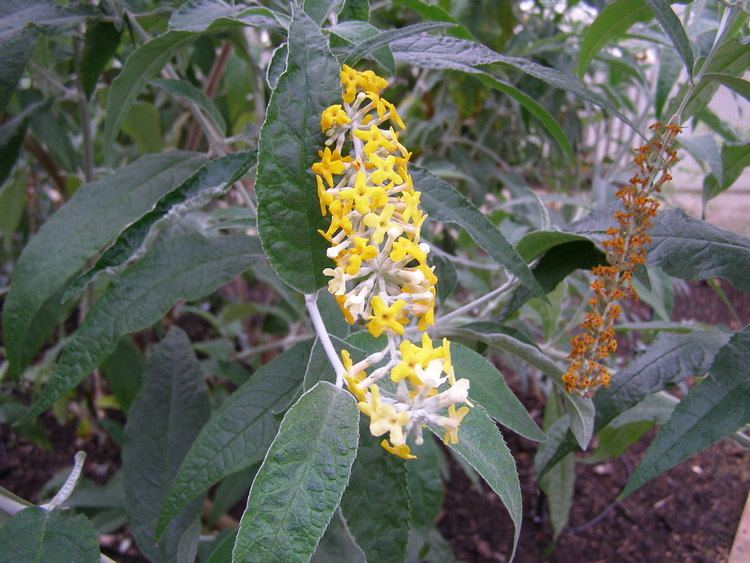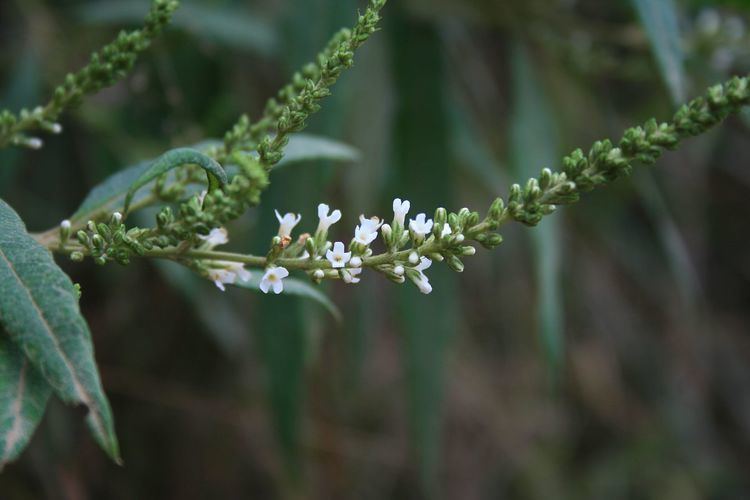Family Buddlejaceae Rank Species | ||
 | ||
Similar Buddleja madagascariensis, Buddleja crispa, Buddleja paniculata, Buddlejaceae, Buddleja lindleyana | ||
Tertiary ingredients of buddleja asiatica formulations pankaj oudhia s medicinal plant database
Buddleja asiatica is a tender deciduous shrub endemic to a vast area of the East Indies, including India, Nepal, Bangladesh, China, Taiwan, Burma, Thailand, Laos, Cambodia, Vietnam, Malaysia, New Guinea, and the Philippines, growing in open woodland at elevations < 2,800 m either as understorey scrub, or as a small tree. First described by Loureiro in 1790, B. asiatica was introduced to the UK in 1874, and accorded the RHS Award of Garden Merit (record 675) in 1993.[1]
Contents
- Tertiary ingredients of buddleja asiatica formulations pankaj oudhia s medicinal plant database
- Description
- Cultivation
- Uses
- References

Given the huge range of the species, it has inevitably acquired a long list of synonyms.
Description

B. asiatica can grow < 7 m tall in the wild. The leaves are usually narrowly lanceolate to ovoid, < 30 cm long, attached by petioles 15 mm long, to branches round in section. The sweetly scented flowers are usually white, occasionally pale violet, and borne in late winter at the ends of the long, lax branches in slender panicles, the size of which can vary widely according to source. Ploidy: 2n = 38 (diploid).
Cultivation

B. asiatica is not hardy in the UK, but can be grown reliably against a south-facing wall in coastal areas of the south and west. A specimen is grown under glass by Longstock Park Nursery, near Stockbridge, Hampshire, one of the four NCCPG national collection holders. Hardiness: RHS 2 (tender), USDA zones 9–10.
Uses
In Nepal leaves of B. asiatica are collected as fodder for domesticated animals, and the trunk is cut for firewood. During Thangmi wedding rituals, the female relatives of the groom wear necklaces made of the white flower.
